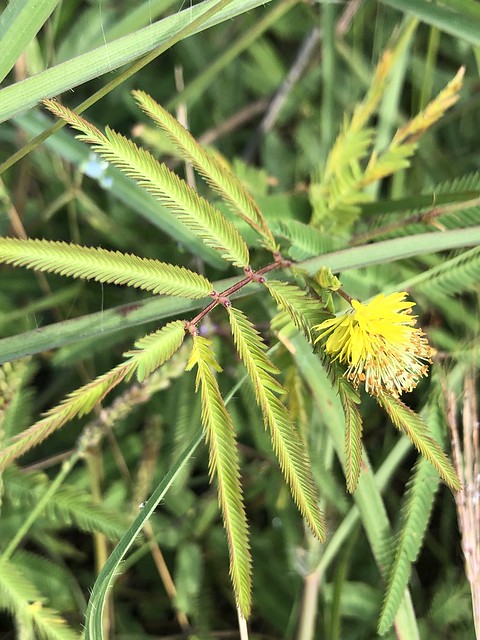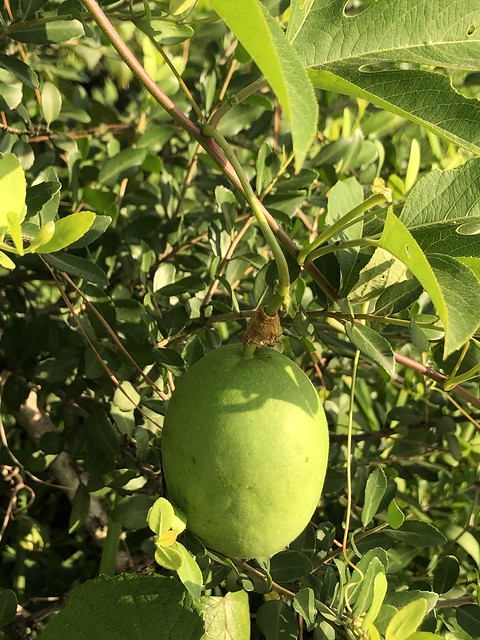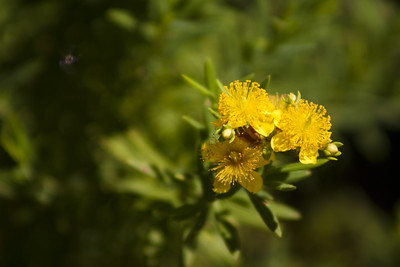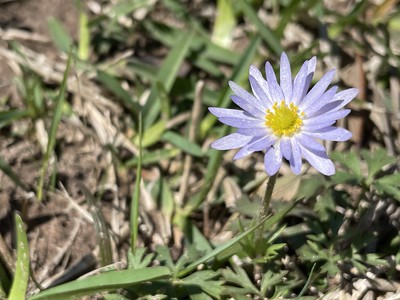A Field Work Site That No Longer Exists

Passiflora incarnata, maypop blooms
One of the tragedies of my line of work is that we can go to a field site and know that how we see it when we delineated the area for wetlands is that it is absolutely most likely to change drastically the next time we see it. You go out and find cool plants and interesting insects and habitat and the next thing you know there are box stores and parking lots on top of it. It’s frustrating and this probably deserves a longer post in regards to the conundrum of folks who get degrees in the biological or environmental sciences and the ability to come out to find jobs that both pay a living wage and also feel like they are doing something worthwhile with their degree in regards to protection of the environment. And to some extent, we are, but then you have these jobs and you die a little inside every time. If we didn’t do it one of the other thousands of consulting firms would do it. Or worse, there would be zero regulations and land owners should raze everything without consequence.

Halloween pennant, Celithemis eponina
This particular site is adjacent to new highway construction, formerly housed a church and some empty land behind it. We did this site a year ago and a year later the church is gone, and at least one big box store has been built as well as a new parking area with more construction to come. The perils of two highways intersecting and sprawling Houston growth. No anomaly, just business as usual in every corner of the country (and world).

There are several Neptunia species around here but I think this one is Neptunia pubescens.

It wasn’t the most exciting site and certainly not a pristine piece of nature that was some kind of magnificent, functioning ecosystem, but there was plenty going on. Little parcels of land, fragmented as they may be, still serve a purpose and mean a lot to the animals and plants that do live there.

A gulf fritillary nectaring on invasive Brazilian verbena, Verbena brasiliensis.

American sicklepod, Senna obtusifolia.

Winged loosestrife, Lythrum alatum

A maypop fruit—which reminds me I need to go check on the neighborhood vine around the corner and see if there are any fruit I can forage.

Orsilochides stictica, I think these are juvenile shield back bugs.

Just a short morning in the field!

Neverending road construction.

And the one plant I wish I had dug up, Zephyranthes traubii, a rather localized rain lily to the Houston area.
I think the one thing I would like people with plant blindness to know is that even these little parcels of land hold interesting life forms. We drive by them all the time at 70mph and they look like tracts of forests or empty fields, and of course those fields are sometimes mowed within an inch of their lives and look pretty barren, but often times lots of interesting plants are hiding in there. I often think about the vast tracts of private land holding who-knows-what and the owners most of the time don’t even know what kind of biodiversity they have. Field work isn’t something I get to do that often these days but I do enjoy getting out to see these places, ephemeral as they may be.





4 Comments
David Cristiani
This is an interesting aspect of your work – understanding and working to know a place’s flora, etc, only to see a fraction of it preserved. And isn’t a large part of Houston free of many zoning regulations? This all proves I need to document my natural areas by word and photo much more, even on so-called public lands.
Rosemarie
Misti,
Thanks for sharing this post. I have been thinking alot about conservation in general and this was a really honest reflection of your line of work. Nice photos too.
I remember living in those first apartments next to TAMUG, and enjoying the short walk back and forth to campus because of the egret(s) that foraged in the small field.
shoreacres
Yup. The richest wildflower area I’ve ever seen — full of various milkweeds and ladies’ tresses, for one thing — is long gone, thanks to a combination of highway construction and land sale. It was down at the Galveston/Brazoria County line, on FM 2004. There was a hay meadow that was mowed only twice a year, and a sliver of land between 2004 and the road down to the Hall’s Bayou fish camp that were just marvelous. Now, it’s all gone: mowed, leveled, scalped. Sigh.
On the other hand, check this out — a new site at Hwy 146 and Shoreacres Blvd. (No, this shoreacres has nothing to do with my screen name, although I occasionally get hits from people interested in the town’s politics!)
Ray
I see this often when I return to places I’ve camped at long ago, so much change and it often leaves me a little sad for what has been lost. There’s so much life in these little squares of feet on these acreages and I always wonder what happens each time we pave over ’em, forever lost?
Ray